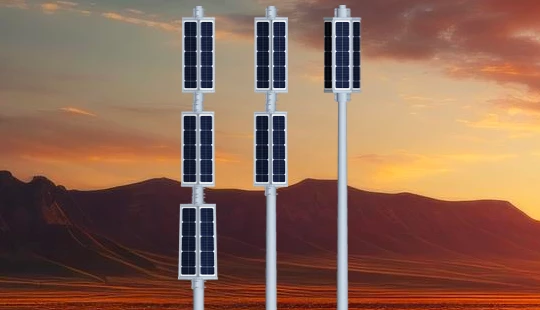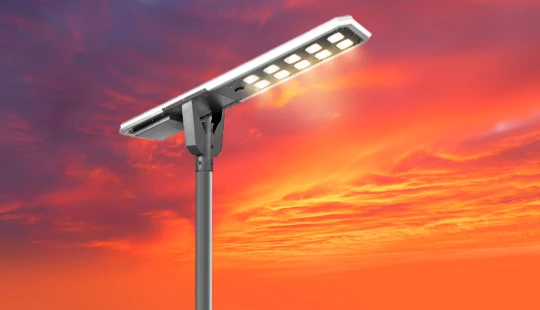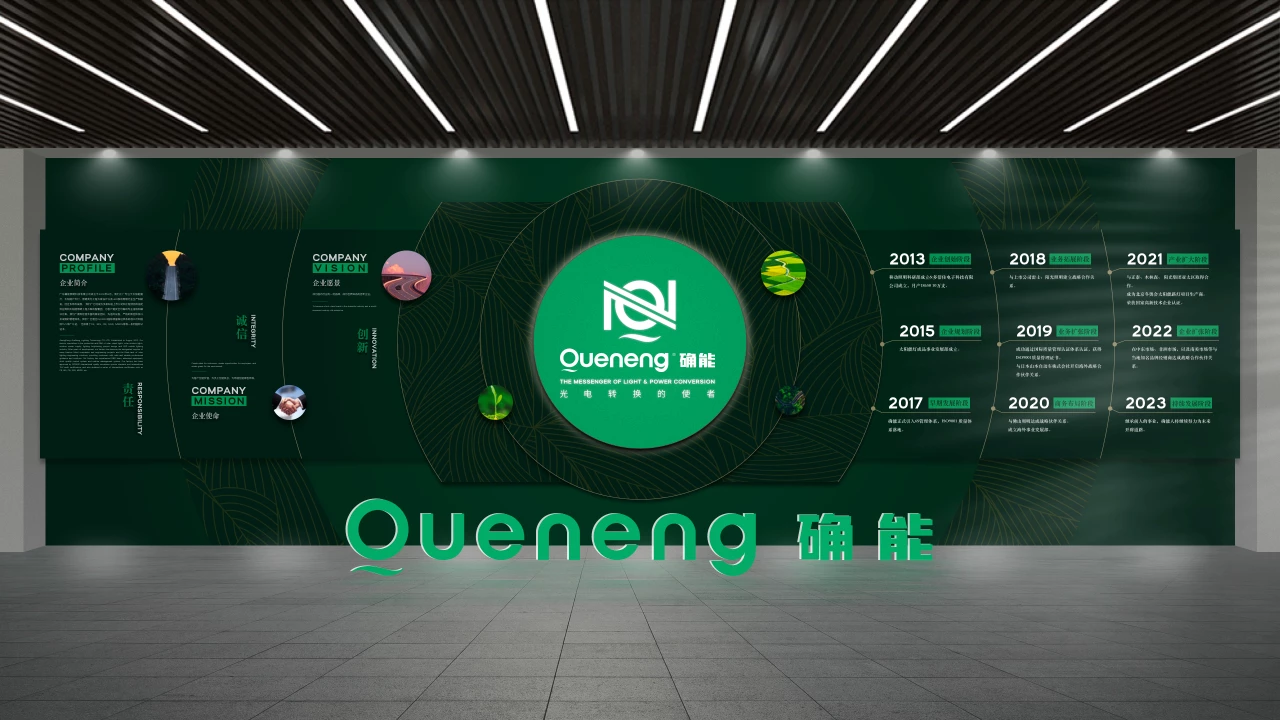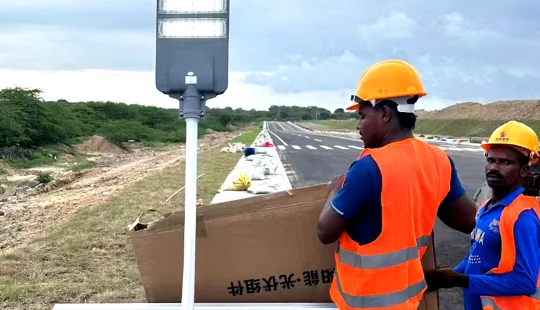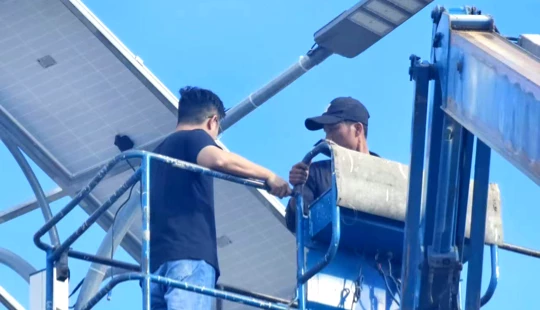Optimal Configuration and Illumination Simulation for 7-Meter Solar Street Lights Based on International Standards
Explore the ideal configuration for 7-meter solar street lights following international lighting standards like IESNA RP-8-18 and CIE 115, including LED wattage, panel sizing, battery capacity, spacing, and photometric simulation.
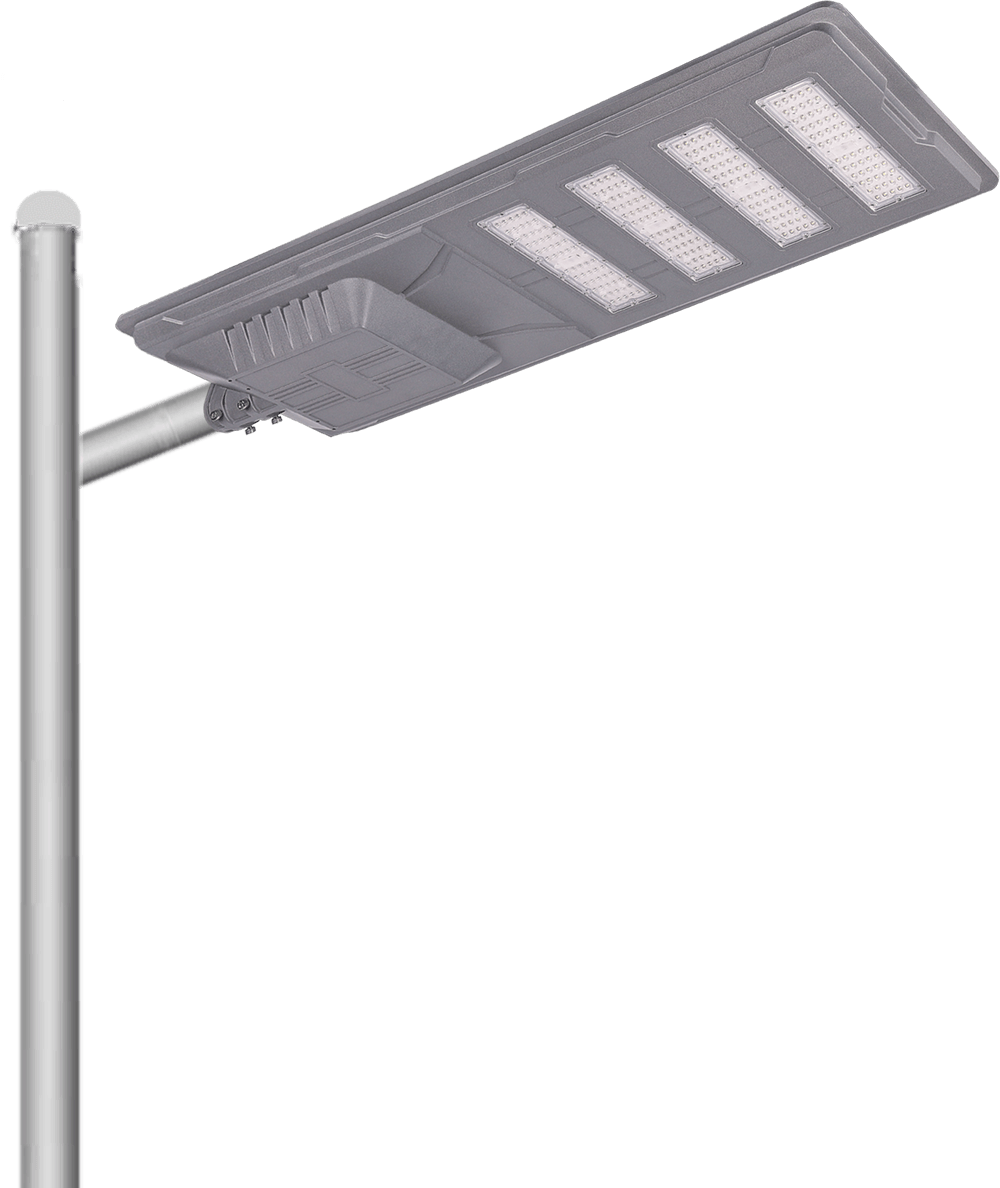
1. Introduction
With growing demand for sustainable lighting, 7-meter solar street lights are widely used in urban streets, residential zones, industrial areas, and parks. To ensure compliance with global standards, proper configuration and spacing are essential.
2. Reference Standards
This guide follows:
- IESNA RP-8-18 (North America)
- CIE 115:2010 (Europe/International)
For residential/collector roads:
| Lighting Class | Average Illuminance (lux) | Uniformity (Emin/Em) |
|---|---|---|
| Class S3 | 10–15 lux | > 0.25 |
3. Recommended Configuration for 7-Meter Pole
| Component | Specification |
|---|---|
| LED Lamp | 40–60W, 4000K, >160 lm/W, Type II or Type III optics |
| Solar Panel | 150–180W Mono-crystalline, 21% efficiency |
| Battery | LiFePO4 12.8V 40–50Ah, lifespan 5–8 years |
| Controller | MPPT, auto dusk-to-dawn with dimming |
| Pole Height | 7 meters, hot-dip galvanized, ≥ Wind Zone IV |
| Installation Angle | 15° tilt, single or staggered layout |
4. Illumination Simulation
Using 45W LED at 7m height, 28m spacing, single side installation on a 7m-wide road:
- Average Illuminance: 14–16 lux
- Uniformity: 0.30–0.40
- Energy Optimization: 30% dimming after midnight
5. Spacing Suggestions
| Road Width | Recommended Spacing | Layout |
|---|---|---|
| 6–7m | 25–30m | Single side or staggered |
6. Estimated Cost (USD per set)
| Component | Cost (USD) |
|---|---|
| LED Lamp (40–60W) | $25–$35 |
| Solar Panel (150–180W) | $45–$60 |
| Battery (40–50Ah LiFePO₄) | $60–$80 |
| MPPT Controller | $12–$18 |
| 7m Galvanized Pole | $70–$90 |
| Total | $212–$283 |
7. FAQ
Q1: Is this configuration compliant with European lighting norms?
Yes. It meets Class S3 per CIE 115 and typical RP-8-18 residential road requirements.
Q2: Can the system work during continuous rainy days?
With 3–5 days of battery autonomy, it ensures reliability even in cloudy conditions.
Q3: How often should the battery be replaced?
LiFePO₄ batteries typically last 5–8 years with minimal maintenance.
Q4: What if higher illumination is needed?
Upgrade to 60W LED and reduce pole spacing to 22–24 meters.
Q5: Can smart controls be added?
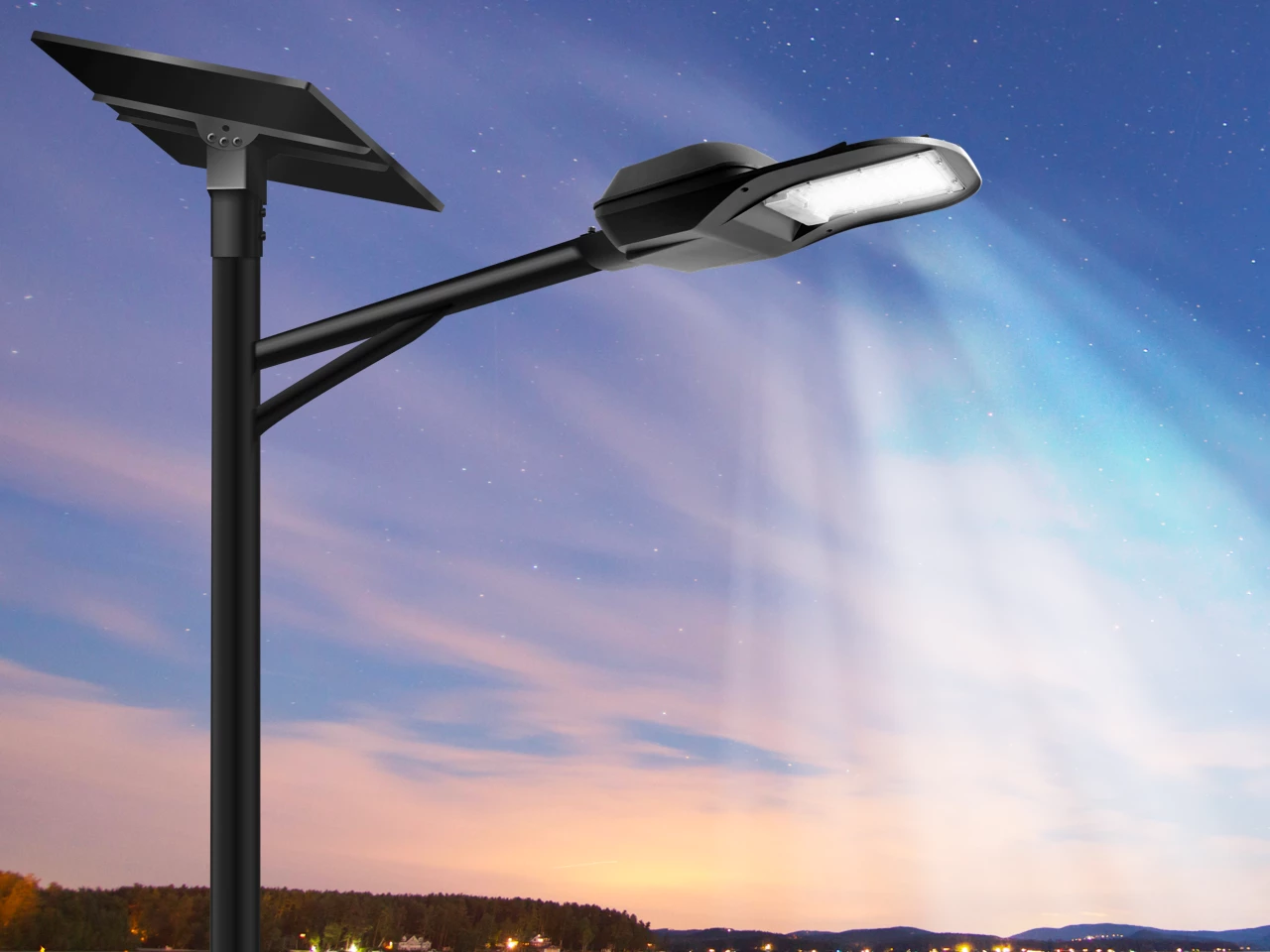
Yes. You can integrate Zigbee/LoraWAN-based IoT controllers with dimming, monitoring, and remote scheduling.

Have more questions about our products or services?
The latest hot news you might like

Discover how solar panels power street lights, exploring the technology behind solar energy conversion, storage systems, and how solar-powered street lights are revolutionizing urban and rural lighting solutions.

Learn how AC Solar Hybrid Street Lights work, their advantages, disadvantages, system behavior in low-sunlight conditions, and why hybrid technology is ideal for regions with unstable sunlight.

Municipalities around the world are increasingly adopting solar-powered streetlights as part of their urban development strategies. Rising energy costs, the need for sustainable infrastructure, and government green initiatives are driving cities to switch from traditional street lighting to advanced LED solar streetlights.
Queneng Lighting provides municipalities with cost-effective, energy-efficient, and durable solar lighting solutions, ensuring safe and sustainable public spaces.
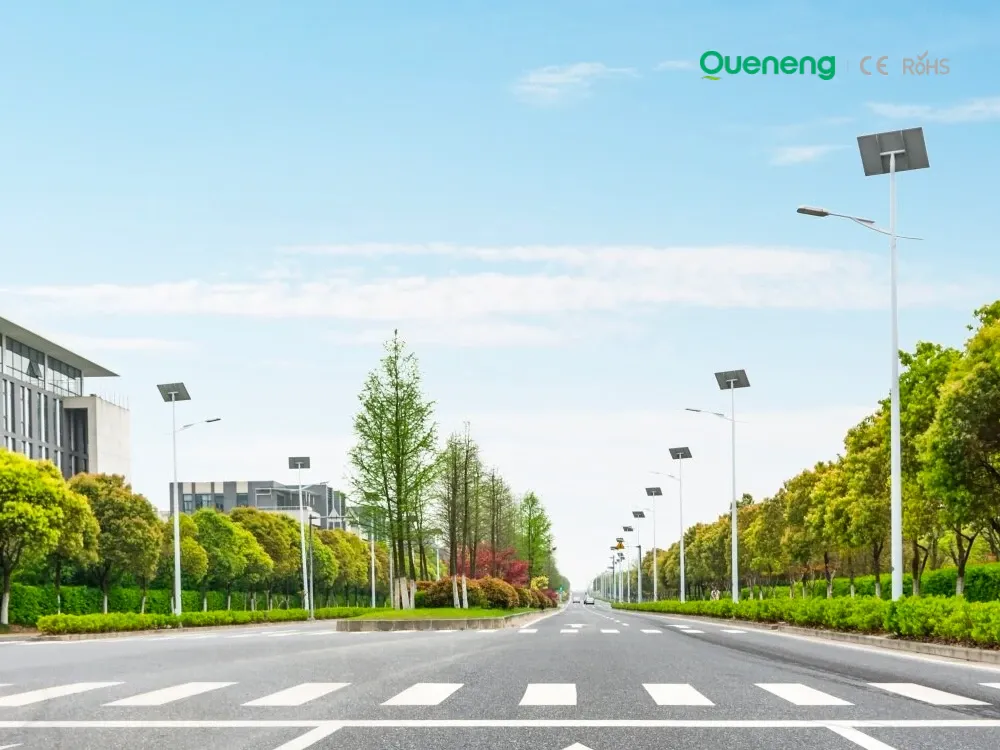
In recent years, the purchase of solar streetlights for municipalities has become a growing trend across the globe. Local governments are under pressure to reduce public expenditure, promote green energy, and create safer communities. Solar streetlights provide a reliable, cost-effective, and sustainable solution that meets these needs. Queneng Lighting, as a leading solar street lighting manufacturer, has supported multiple municipal projects worldwide with customized and energy-efficient solutions.
FAQ
APMS system
How does the dual-system management mode in the APMS system work?
The APMS system uses intelligent algorithms to automatically charge during the day and discharge at night. The dual-system management mode monitors battery status in real-time and adjusts the charge/discharge mode to ensure optimal efficiency under any condition.
Battery Types and Applications
What is a photovoltaic cell?
Battery and Analysis
Can any charger be used for rechargeable portable batteries?
Solar Street Light Luqing
Are solar street lights easy to install?
Yes, solar street lights are easy to install. They do not require external wiring or connections to the electrical grid. The installation process is straightforward and typically involves mounting the light pole, positioning the solar panel, and securing the battery and lighting unit.
who we are
What products does Queneng offer?
We offer a wide range of solar energy products, including solar lighting fixtures (street lights, garden lights, etc.), high-performance solar photovoltaic panels, energy storage batteries, and custom solar systems for various applications. We also provide installation and after-sales support.
Solar Street Light Luzhou
Can Luzhou solar street lights be used in remote locations?
Yes, Luzhou solar street lights are perfect for remote locations that do not have access to the electrical grid. Their solar-powered design allows them to operate independently, making them an ideal solution for rural roads, parks, and off-grid areas.

If you would like more information about Queneng solar lighting solutions, please send us a message by filling out the form below. Our professional team will get back to you within 24 hours!
Rest assured that your privacy is important to us, and all information provided will be handled with the utmost confidentiality.
Schedule a Meeting

Book a date and time that is convenient for you and conduct the session in advance.
Have more questions about our products or services?

